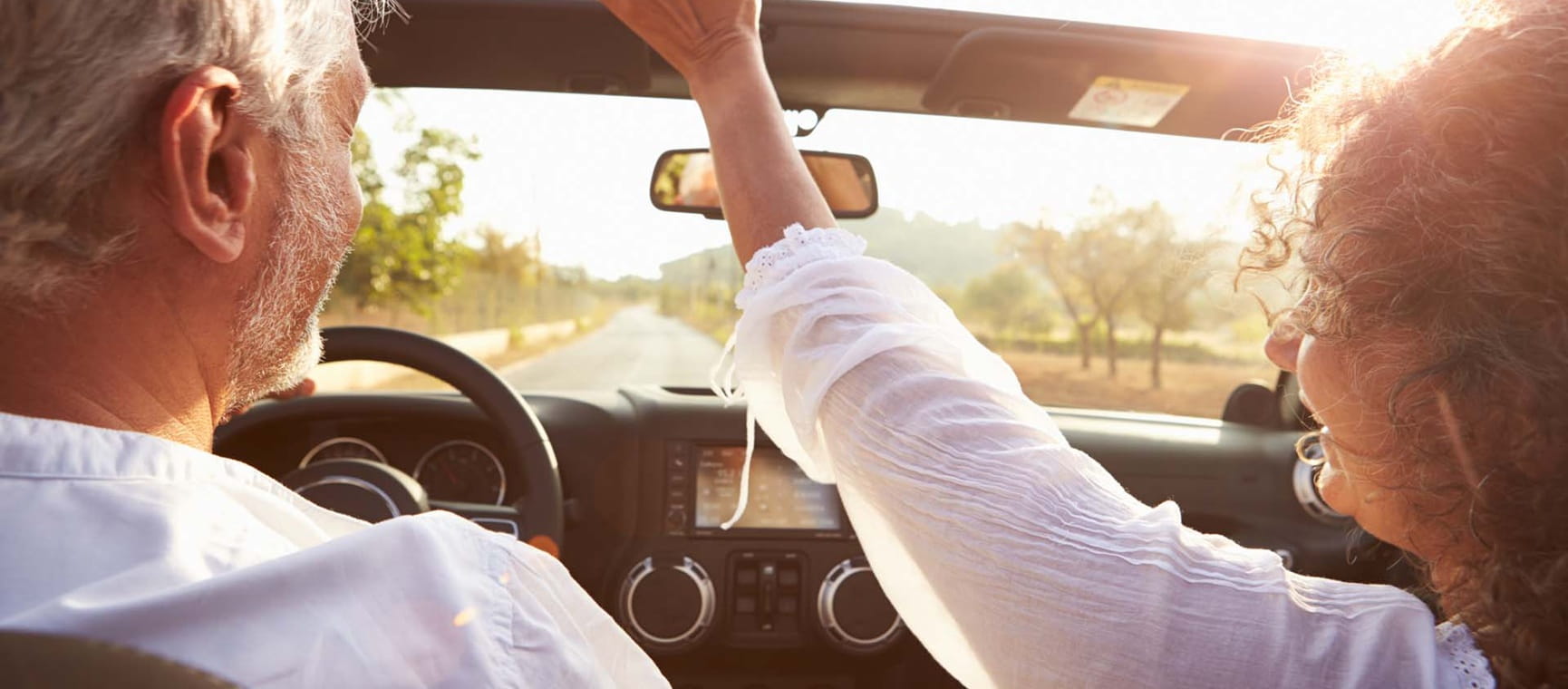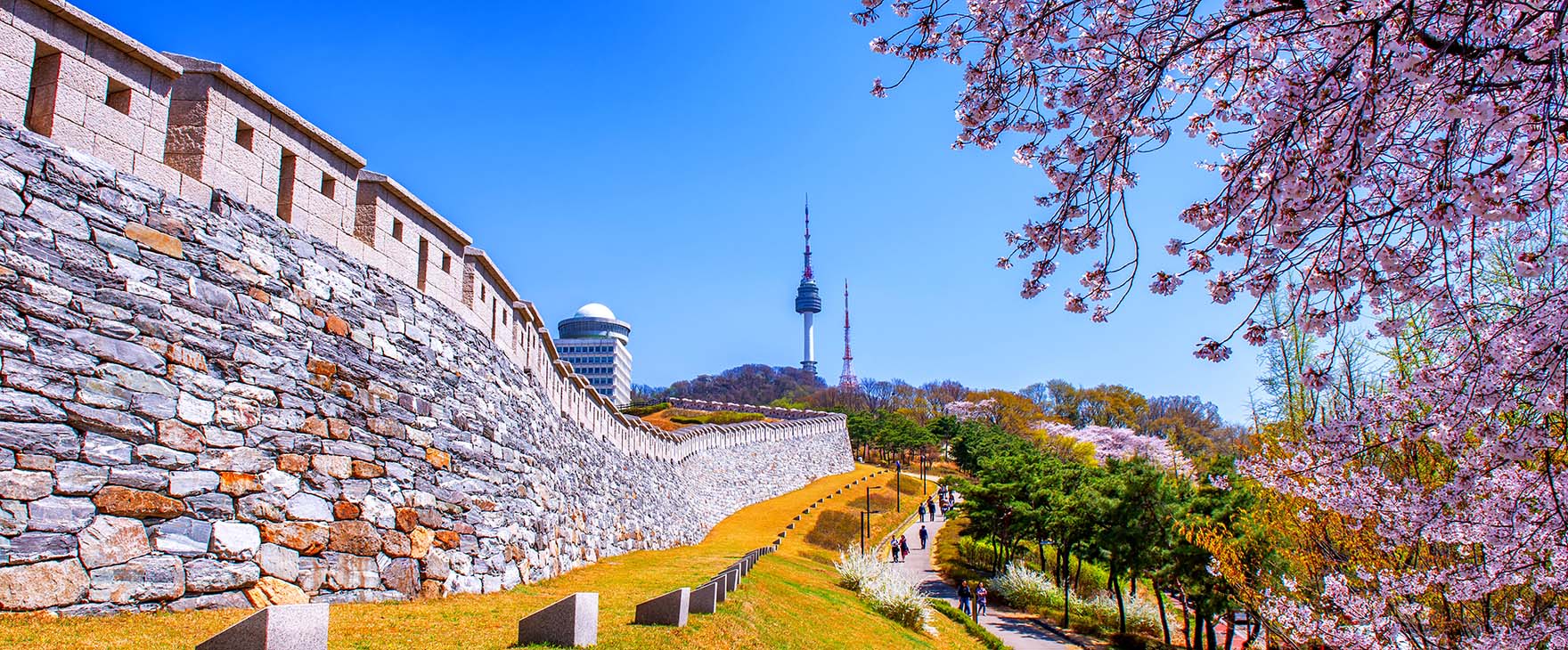
The third season of the hit TV show Squid Game is now on our screens – the first two were Netflix’s most popular non-English shows of all time, watched by almost half a billion people.
With thriving film and music industries too, it’s safe to say that South Korea – and capital Seoul – is having a moment.
Kick off with a hike through Namsan Park, on the slopes of Namsan Mountain, in the city centre.
The current must-have for hikers is a lollipop-like slab of golden honeycomb that you can buy from vendors at the side of the snake-like hiking trail. Known as dalgona, its popularity soared after a Squid Game episode in which contestants had to dissect the snack by cutting it into specific pieces.
At the peak of the mountain is the N Seoul Tower, with its restaurants, bars and observation deck. Gazing down on South Korea’s capital from 479 metres above sea level is a great way to make sense of this sprawling city, which has expanded rapidly over the years while still being moulded and shaped by nature.
Seoul isn’t just surrounded by hills, it’s punctuated by them – peaks such as Bukhansan, the forested slopes of which are easily accessible from the city.

Prefer sticking to ground level? Opt for a stroll or a bicycle ride (tourists who have purchased a Seoul Pass get free Seoul Public Bicycle scheme rentals) through one of its many parks – proof of the authorities’ determination to add green space into the city.
To see more, try Gyeongui Railway Forest Park, a 6km linear park in the footprint of a former railway. Walk its length to pass through some of the city’s most colourful neighbourhoods – like Hongdae, with galleries and bars, and Yeonnam-dong, a tranquil, village-like district famous for its family-run restaurants and boutiques.
Another spot for some time out is Cheonggyecheon, in the city centre. Here, a stream dating back to the Joseon Dynasty (1392–1910) is now a spectacular urban renewal project: a seven-mile stretch of water lined with shaded walkways. Every few metres, stepping stones allow walkers to hop from one side to the other.

Sit on a bench to watch herons or spoonbills pluck fish from the clear water.
If you’d rather snap selfies, you’re never far from a purikura (photo) booth in Seoul, whether standalone like those that take passport photos in the UK, or vast complexes of cubicles kitted out with changing rooms stuffed with wigs and outfits.
Don an accessory, snap a selfie, add a backdrop, slogan or 3D effect (animal ears are popular), and print your creation.
While Seoul has evolved at speed, there are still reminders of its past. In Gangnam – the neighbourhood made famous by rapper PSY – the Bongeunsa Temple dates back to 794 and comprises halls filled with ancient woodblock carvings.
Across the road, the ultra-modern Starfield Coex Mall’s Library houses 100,000 books on 13 metre-tall shelves that curve round a two-storey atrium. At its Billy Angel Cake Co Café, bag a table overlooking the central hall.

Other sights are just as surprising for very different reasons. Take the biohazard protective gear kept under lock and key at underground stations – a reminder that the militarised border with North Korea is just 35 miles away.
Sign up for a guided tour to the DMZ (the security area around the 2.5-mile strip of wilderness surrounding the demarcation line between North and South Korea) and you’ll get to peer through telescopes into North Korea. And you can also see memorials dedicated to families wrenched apart by the ongoing conflict; the two countries are technically still at war.
For insights which delve further into history, the National Palace Museum of Korea’s most fascinating galleries include ones that explore traditions relating to events like weddings and births.
A common celebratory food is injeolmi (rice cakes) made with red beans and given as housewarming presents due to the colour’s associations with protection.
Prefer kimchi (fermented veg)? At Museum Kimchikan you can taste different varieties before signing up for a cookery class. Foodies should also visit Gwangjang Market, where specialities include kimbap (seaweed – kim – wrapped around rice – bap), corn dogs, and mung bean pancakes.
Finally, South Koreans love their tea, and the best place to sample it is at Seoul’s Osulloc Tea House. Use tasting notes to select your flavour, then enjoy it served with a timer to ensure the optimum brewing period.
Try Moon Walk tea, with notes of pear and honey, though it will make your go-to cuppa seem rather plain…
Combine two incredible Asian destinations with Saga, on a 20-day Essence of Japan with South Korea tour.
Starting in Japan, you'll take in Tokyo’s skyscrapers, Kyoto’s teahouses, snow-tipped mountains and steamy hot springs. Then it's on to South Korea where you'll visit Seoul and Busan.
There you will explore the cities, enjoy a cooking masterclass and tour the DMZ, separating north and south.
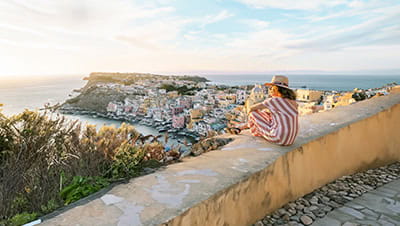

Booked your trip and thinking about travel insurance? When you're looking to compare travel insurance, don't settle for less.

Find out about Saga's gastronomy holidays here...
They say the way to the heart is through the stomach, and Saga’s thoughtfully crafted food and wine holidays are perfect if you like trying new flavours and exploring traditional methods of cooking.
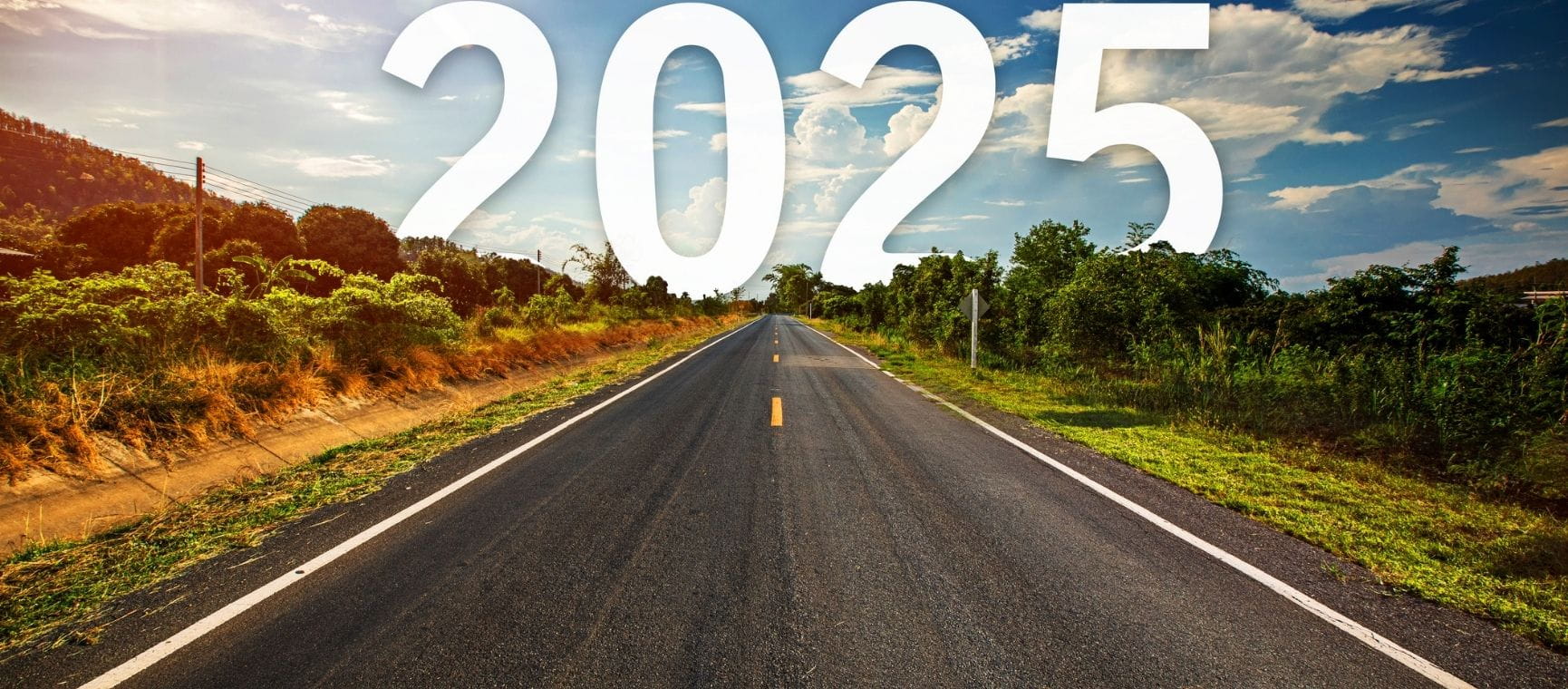
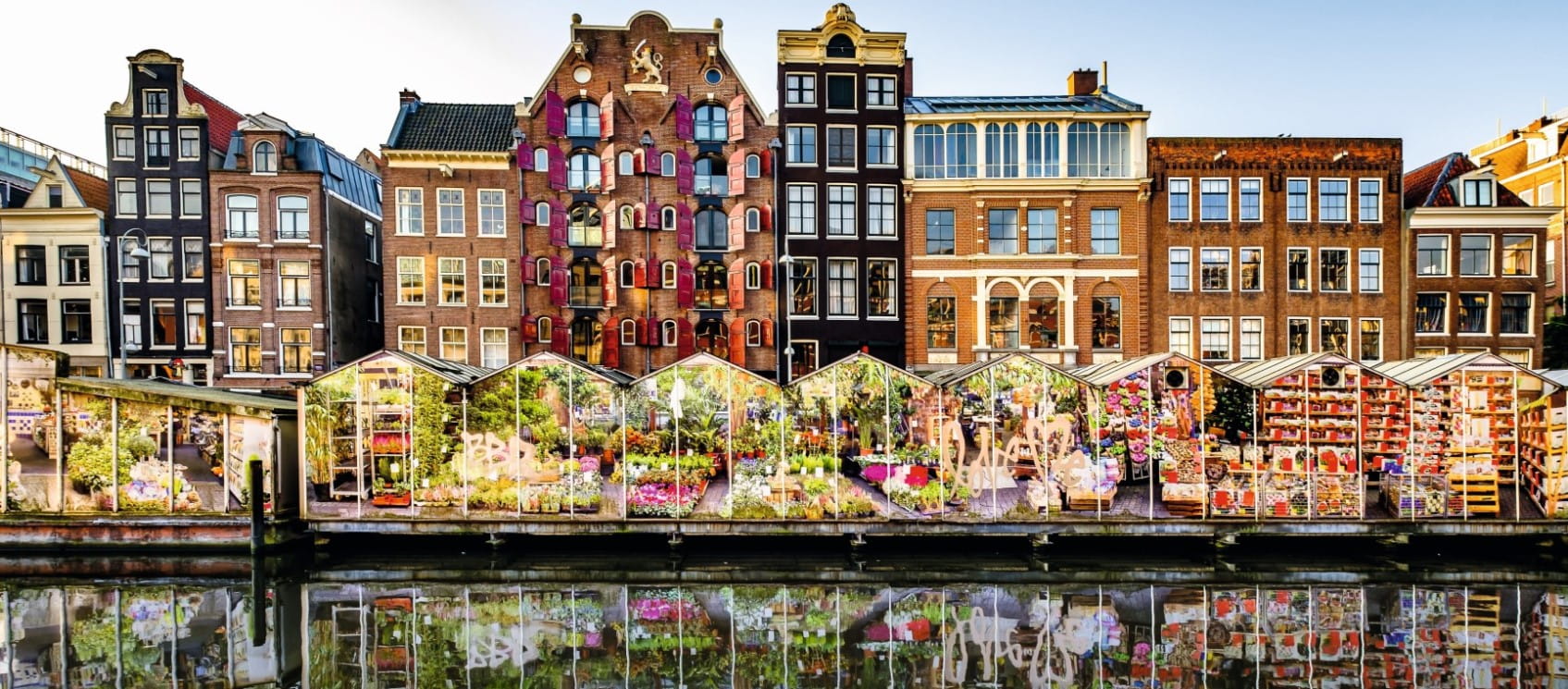
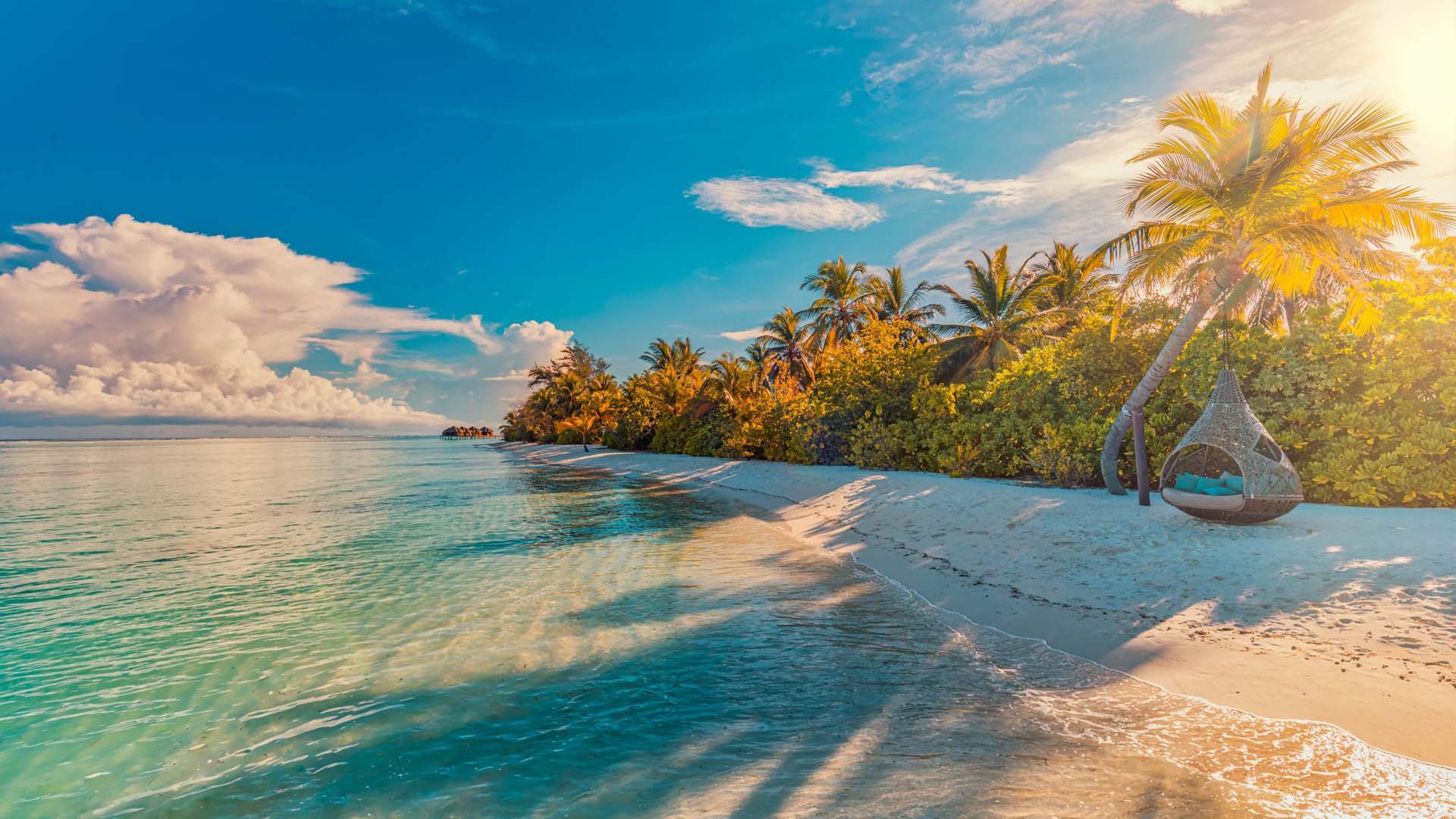
Whether your perfect beach holiday is just sun, sea and sand, or if you like a bit of sightseeing, shopping or snorkelling thrown in, one of these might be your ideal destination.
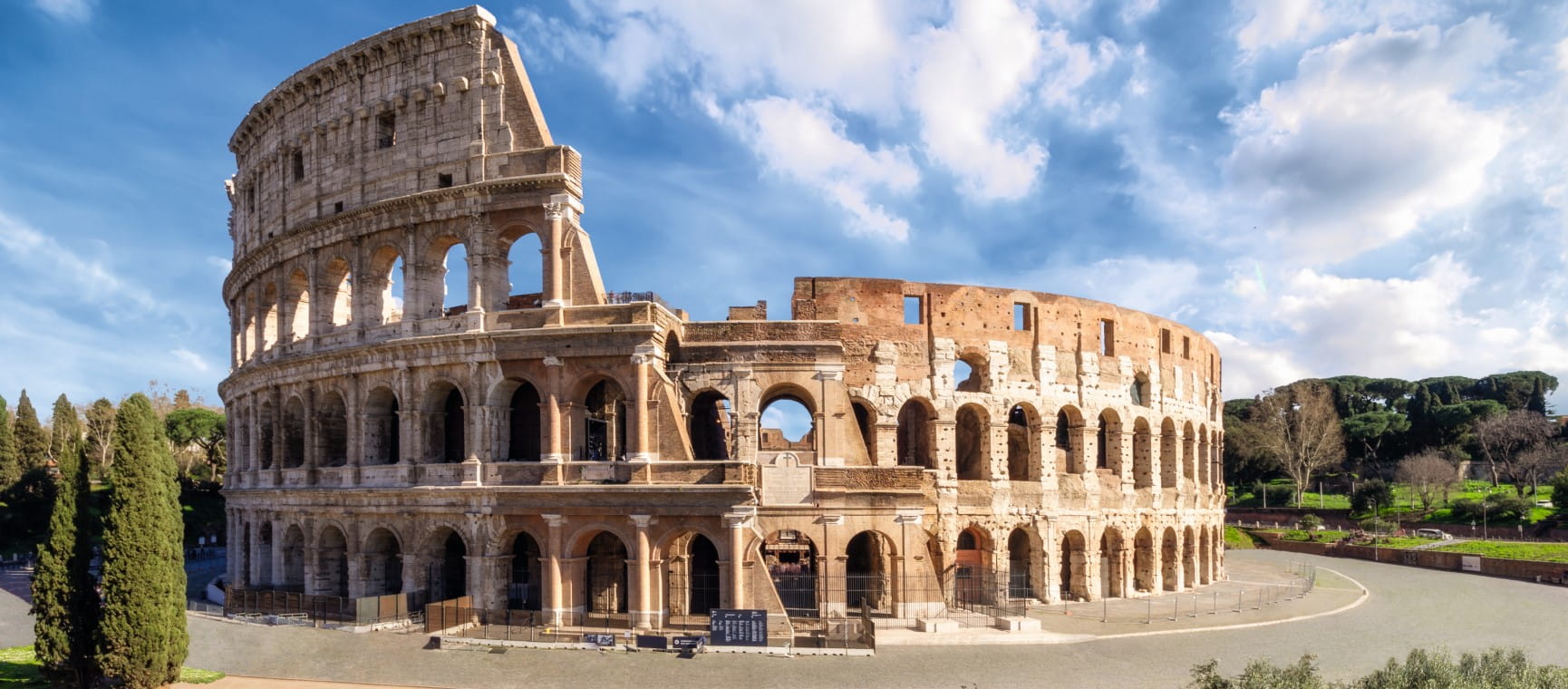
Jetting off to Italy’s ‘Eternal City’? We reveal the best places to visit in Rome, from ancient temples to al fresco dining with a view.
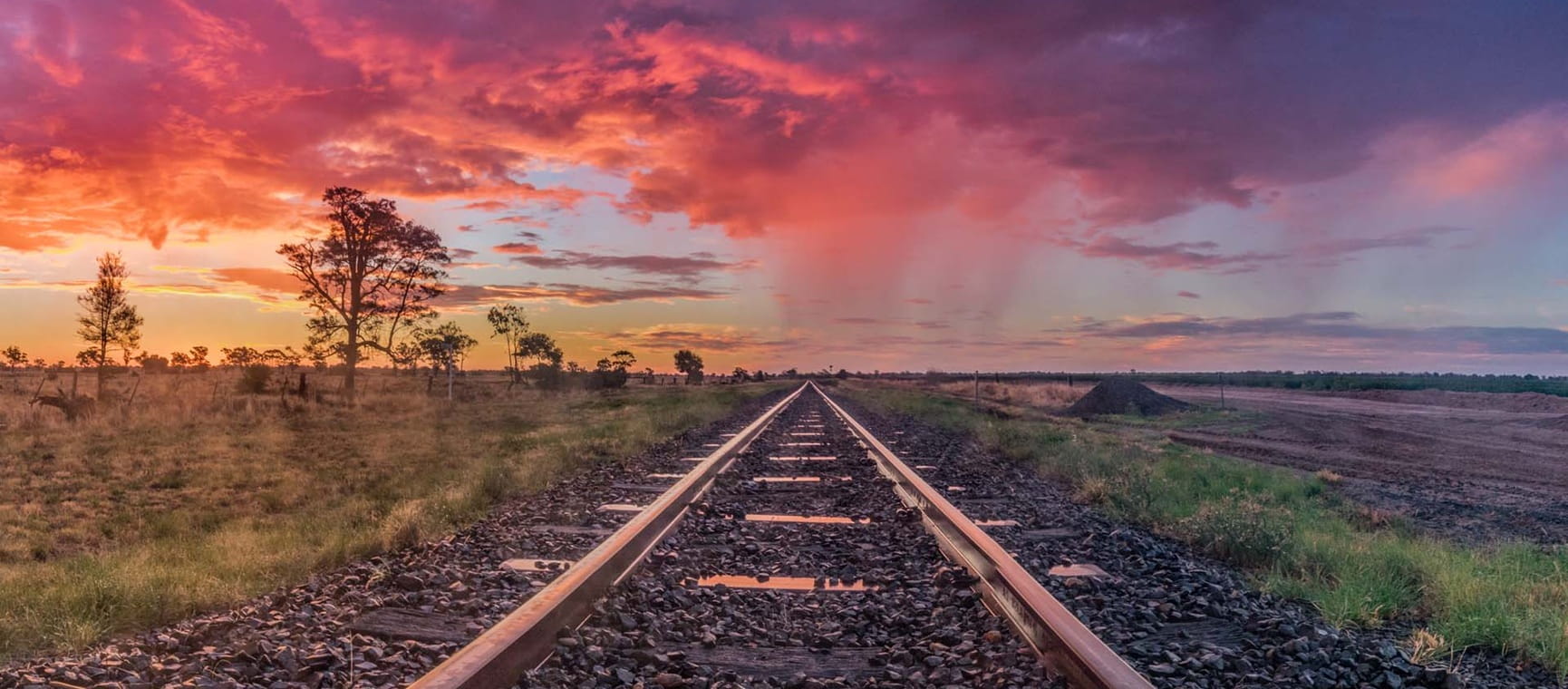

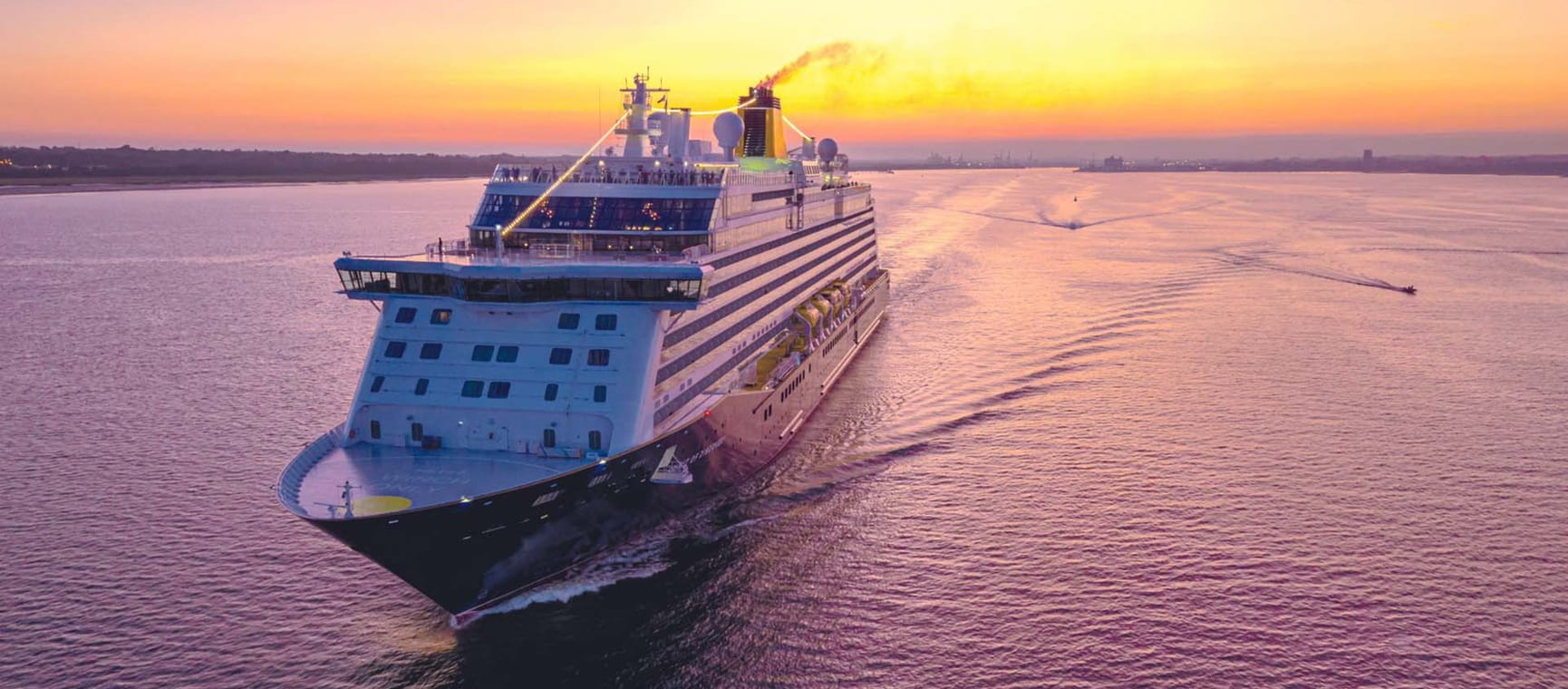
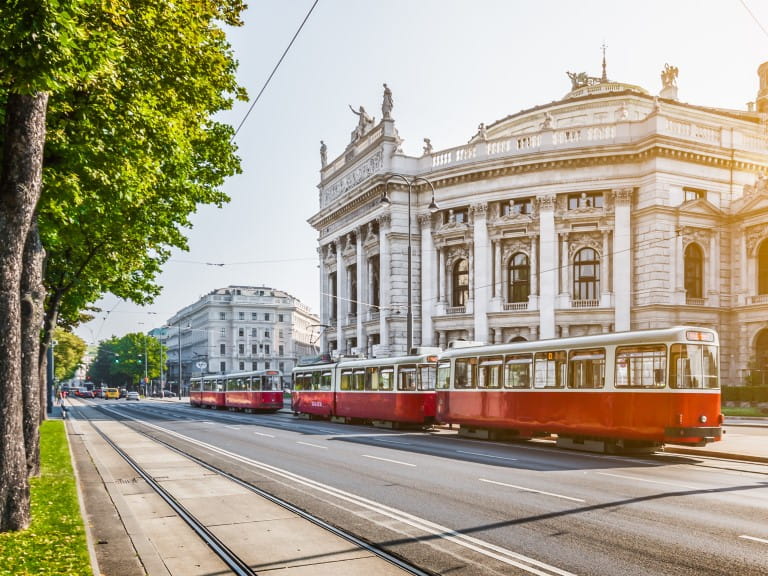
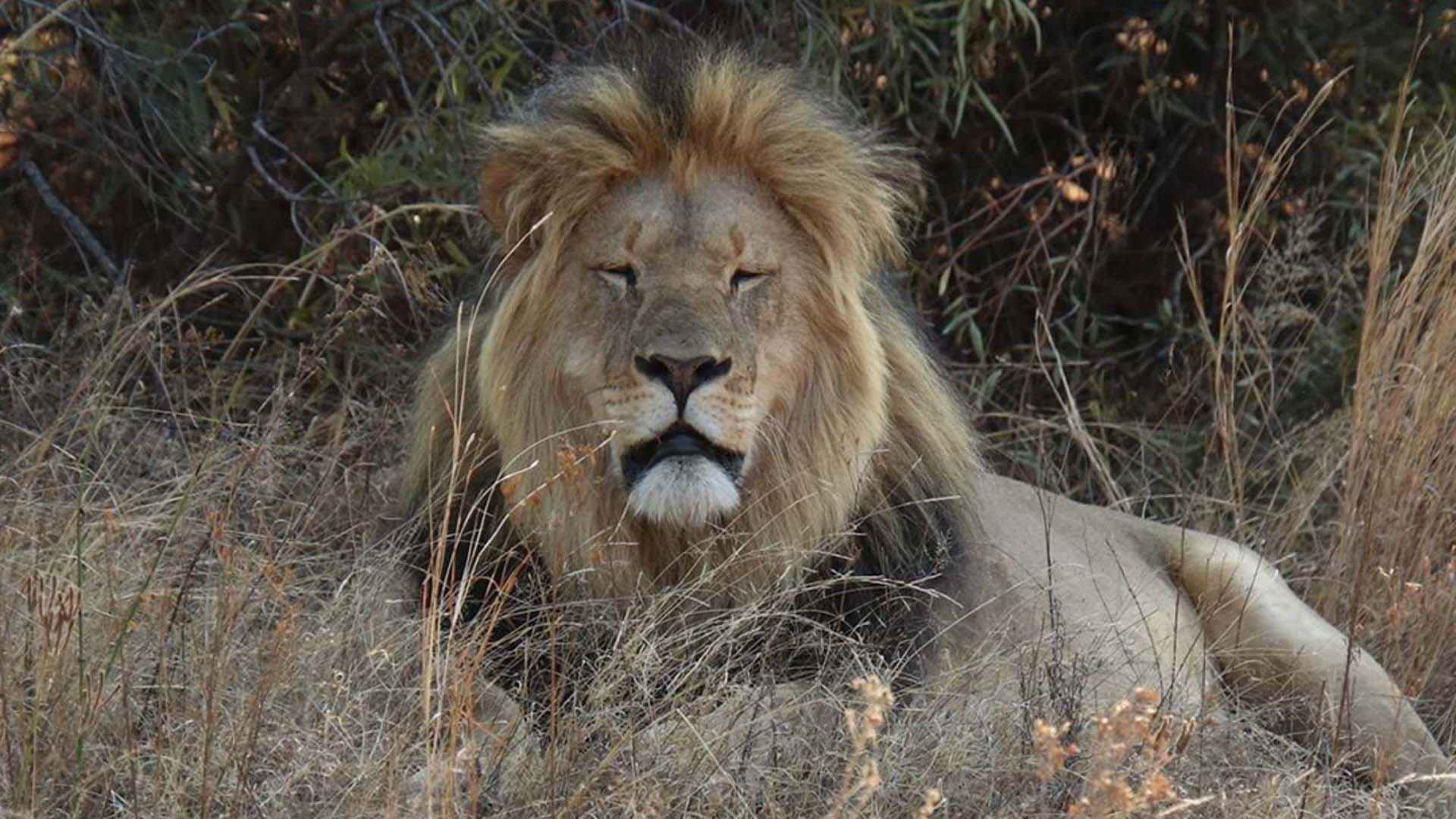
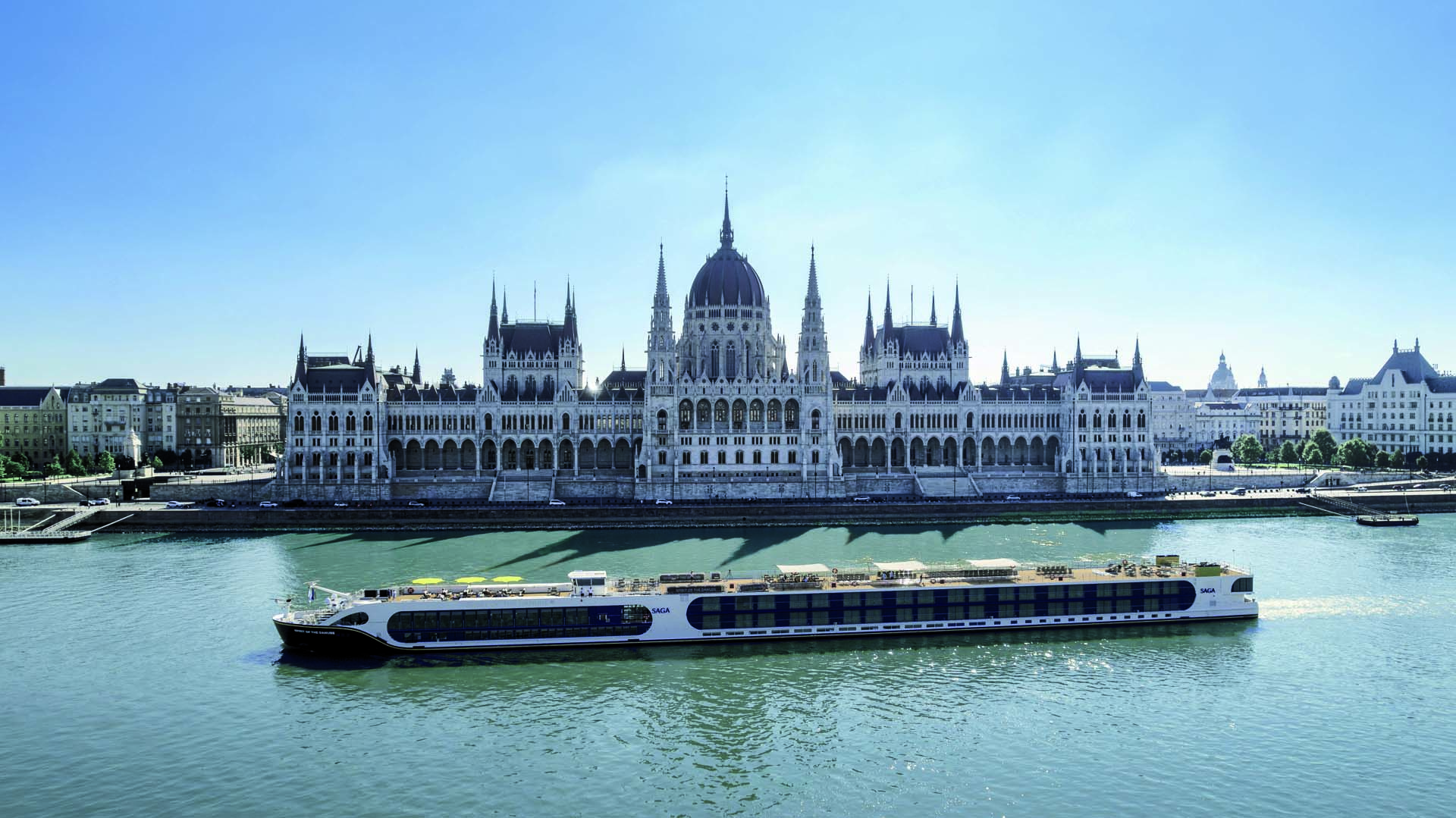
A different destination every day - why a river cruise could be your perfect summer holiday.
